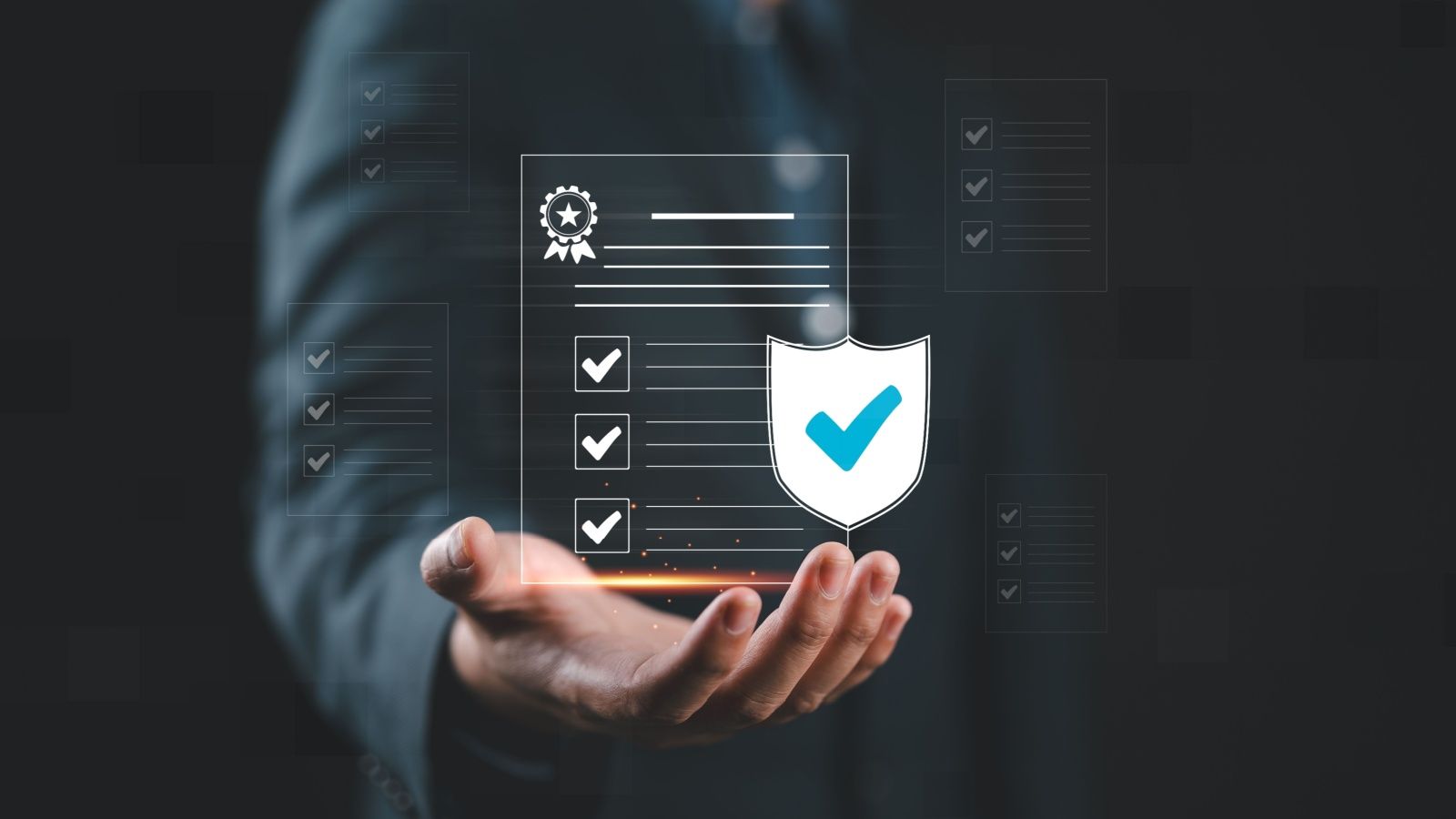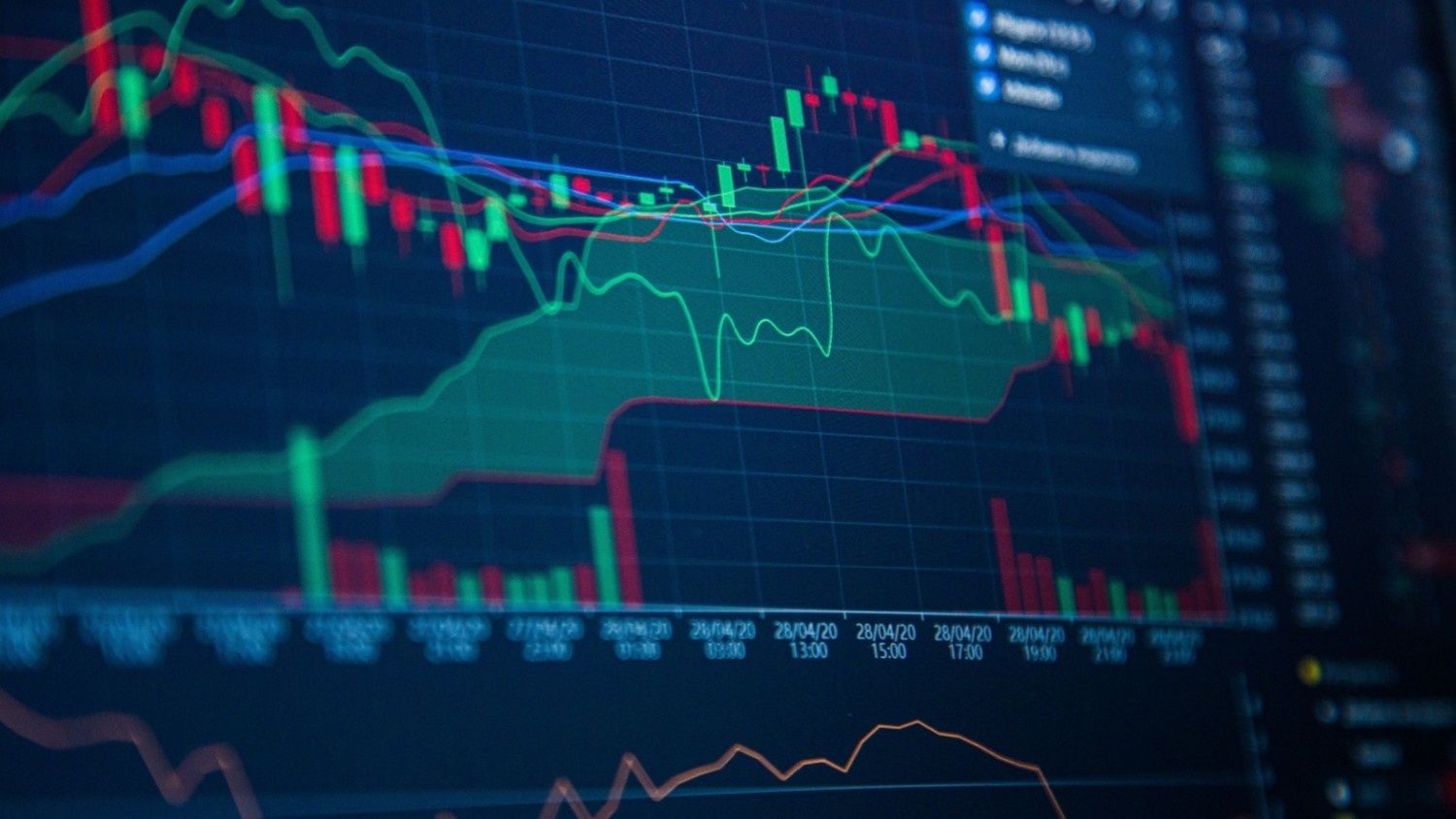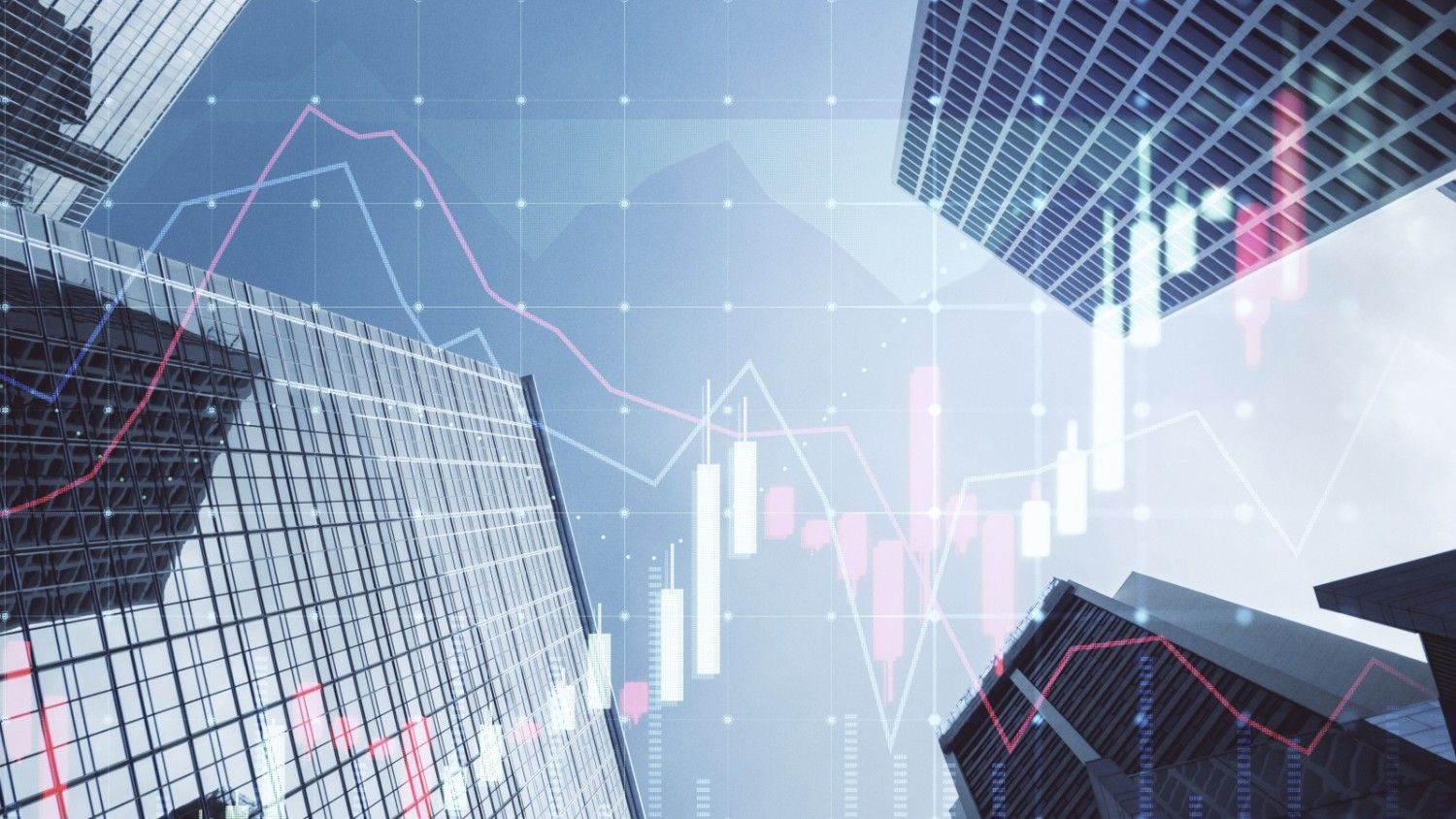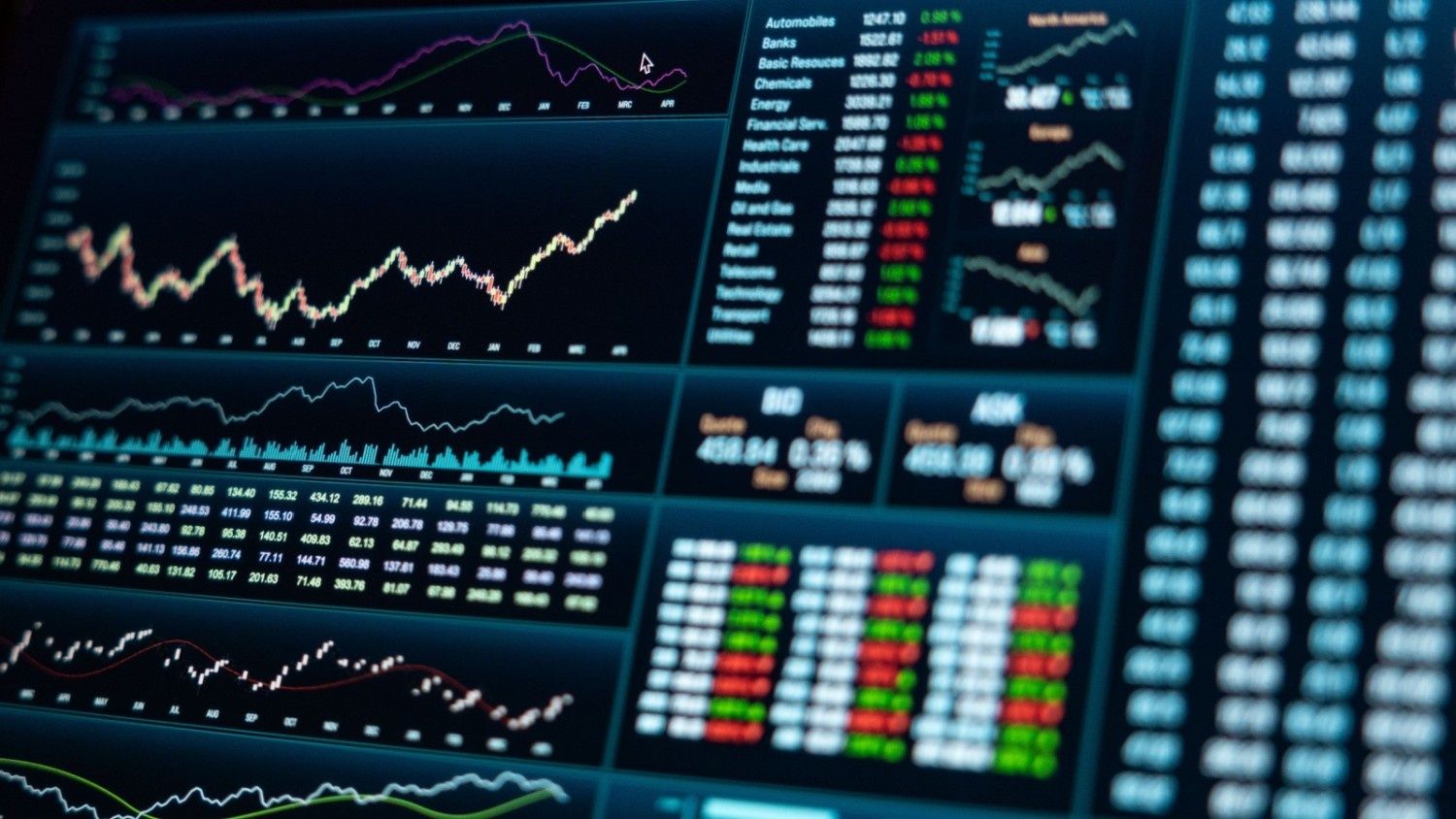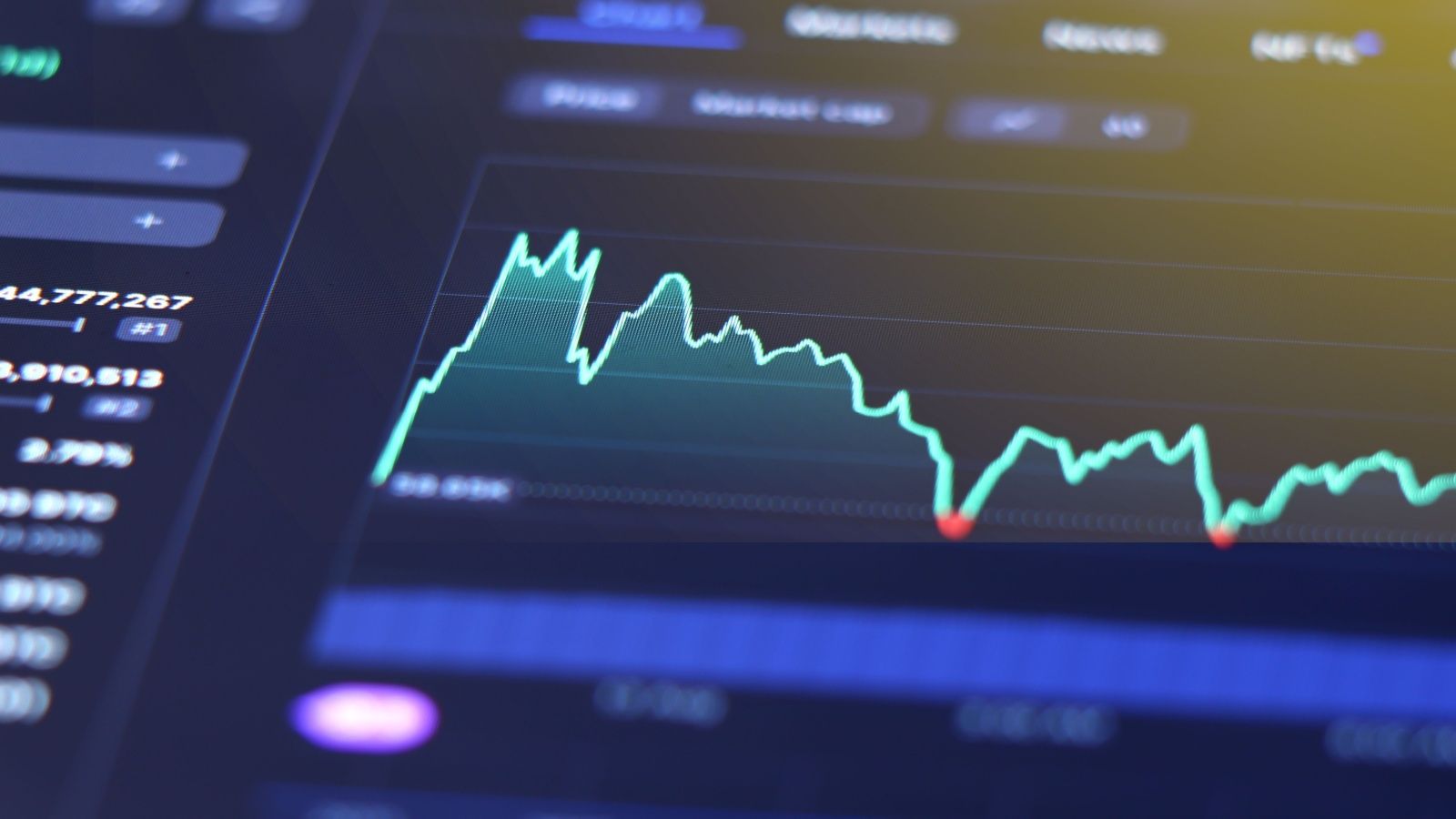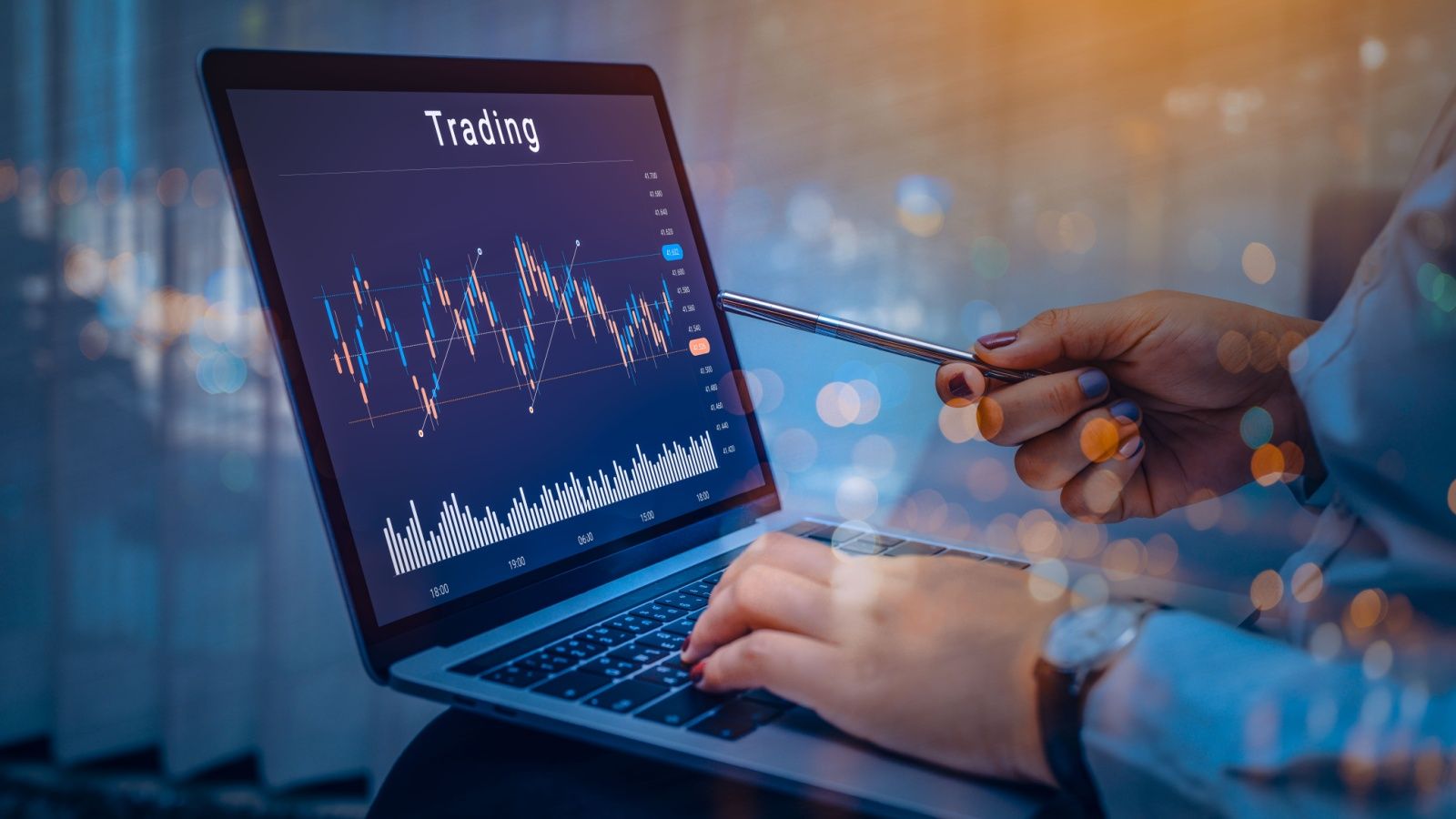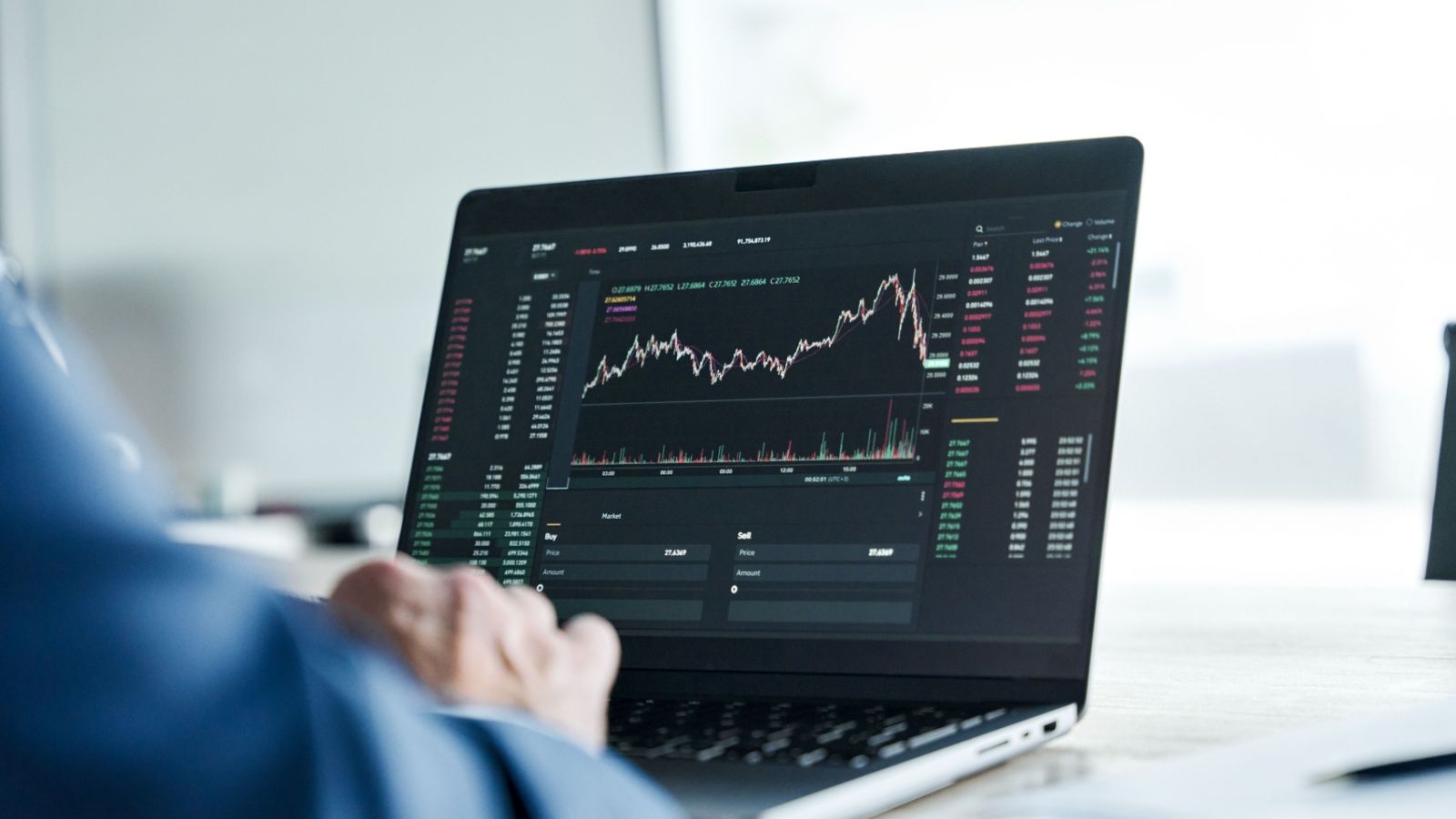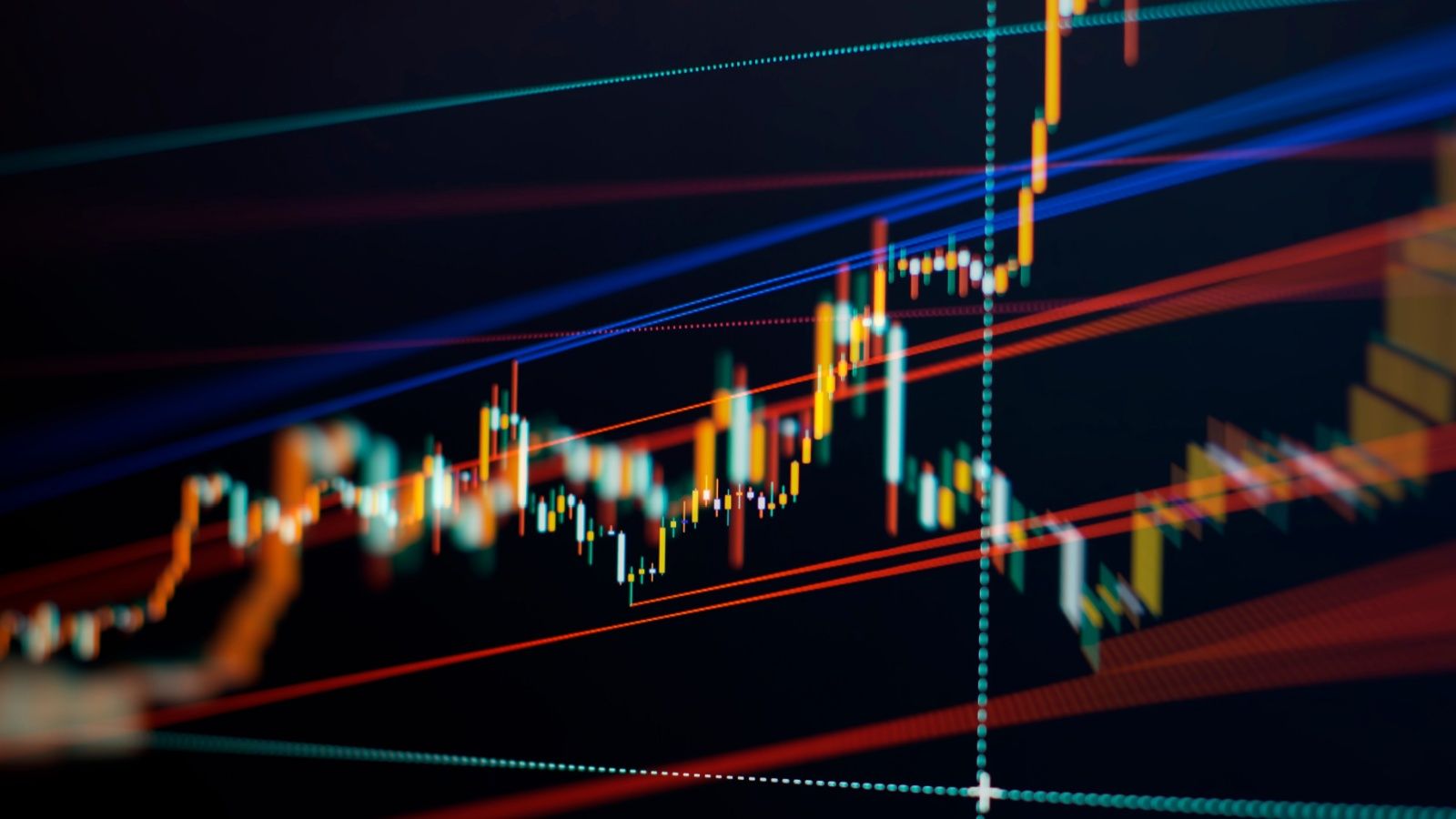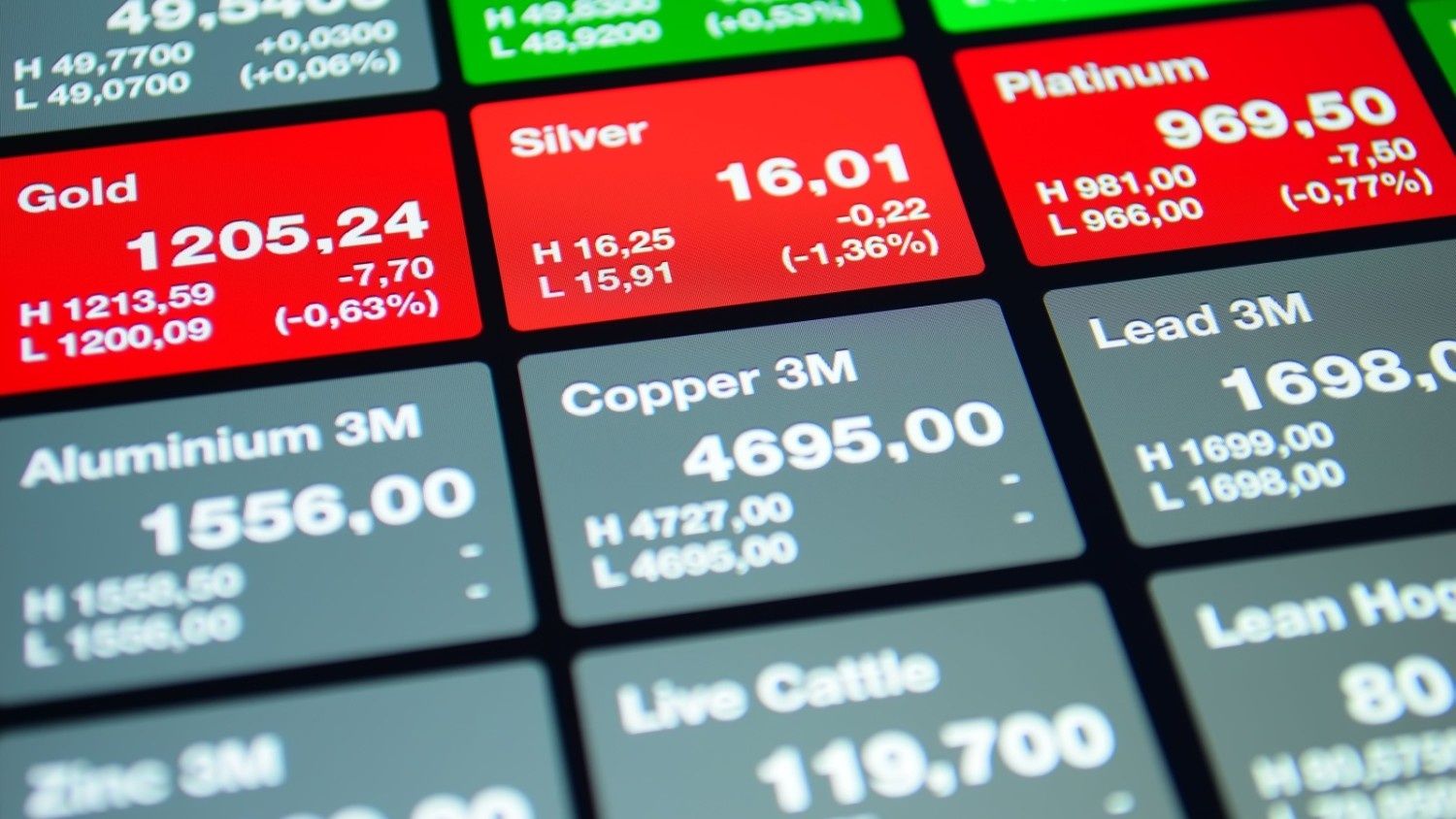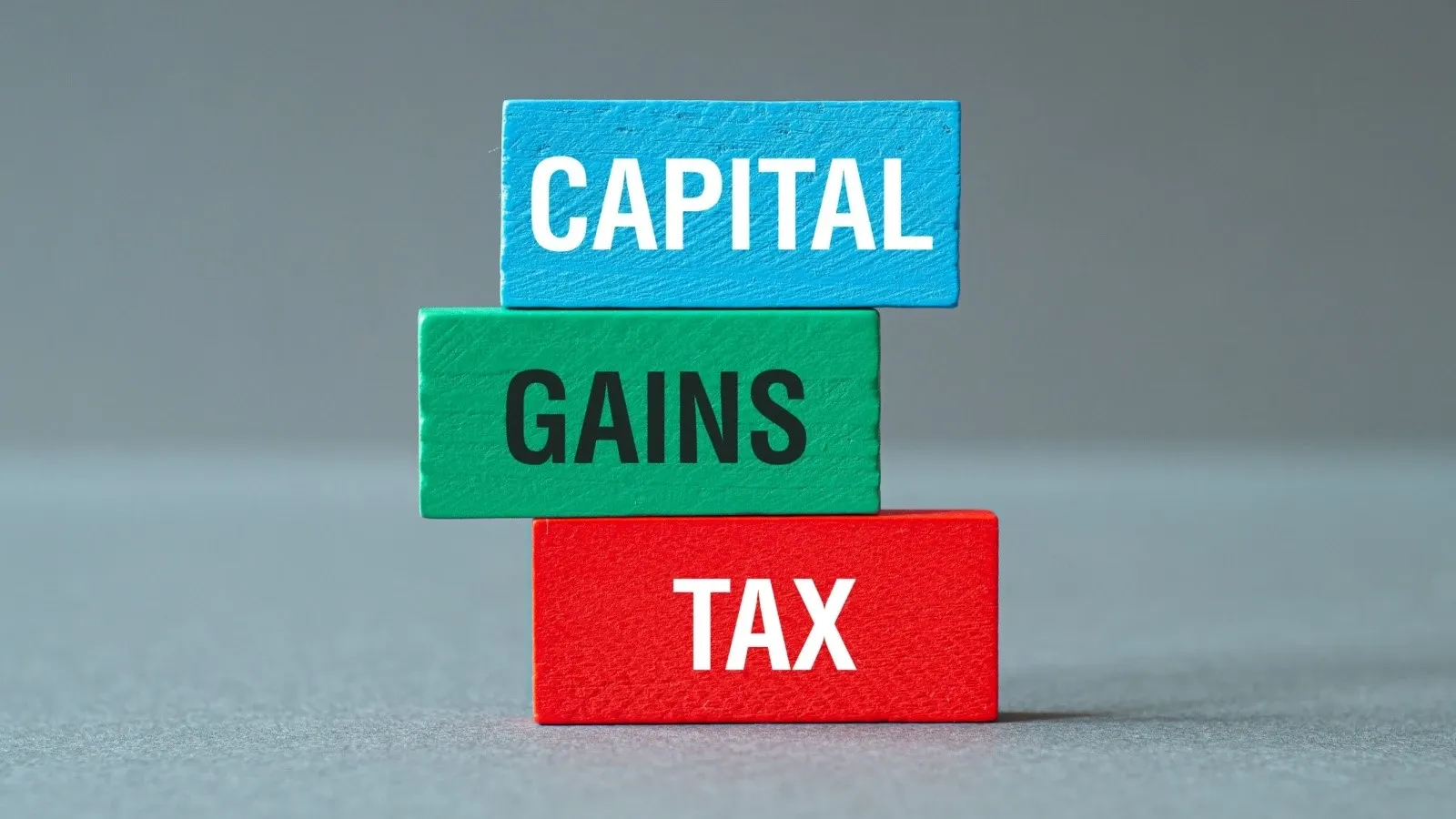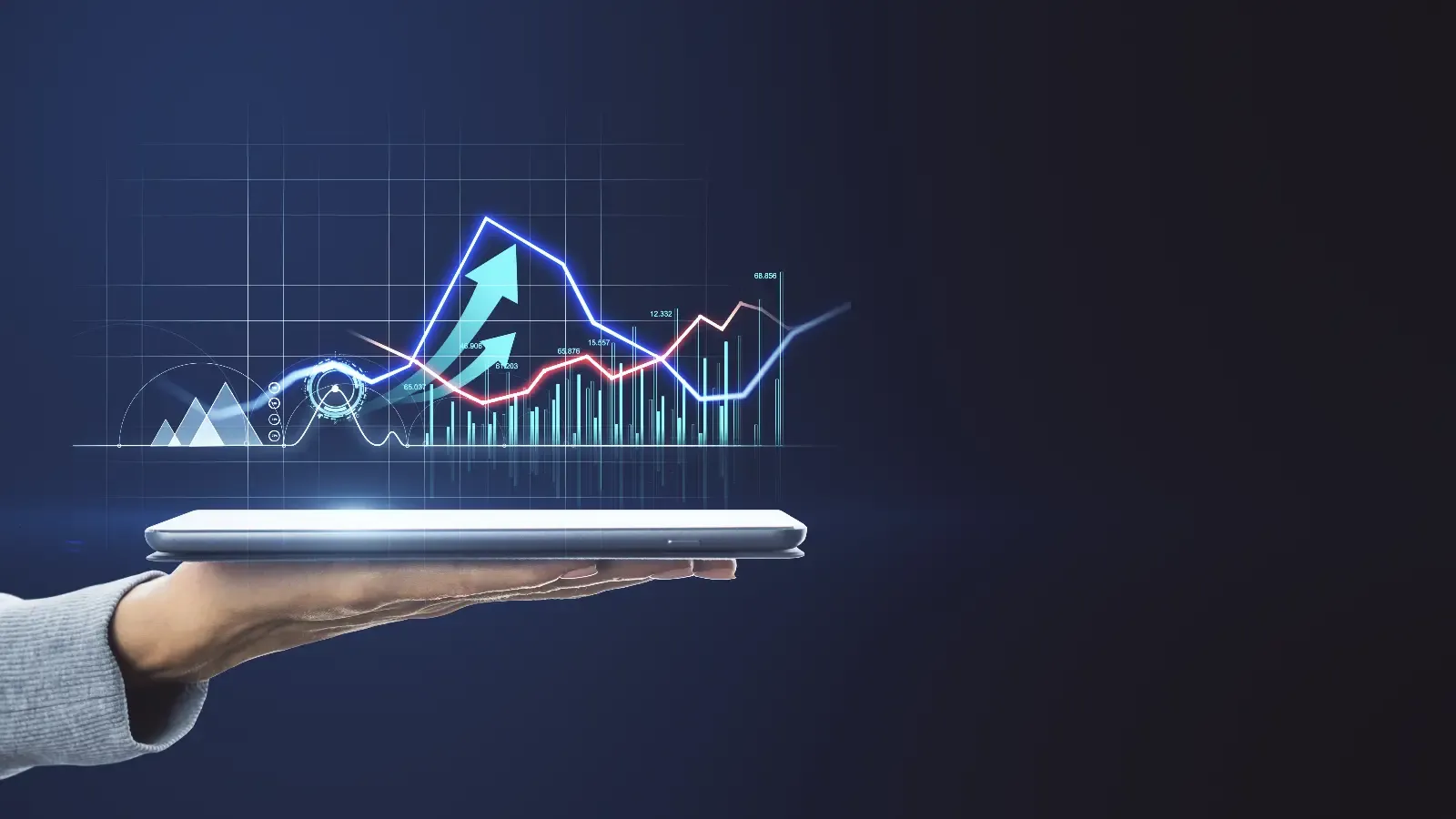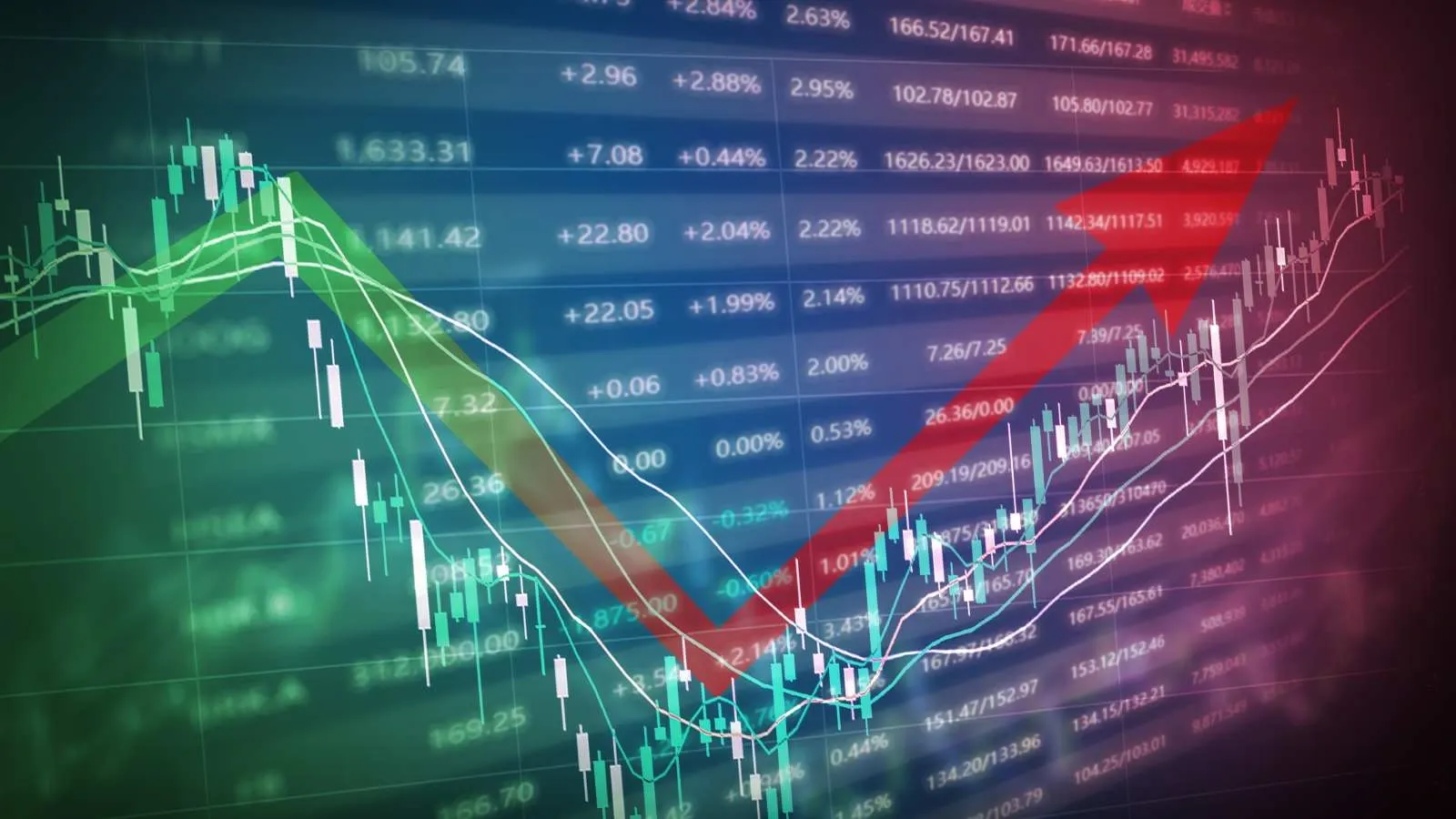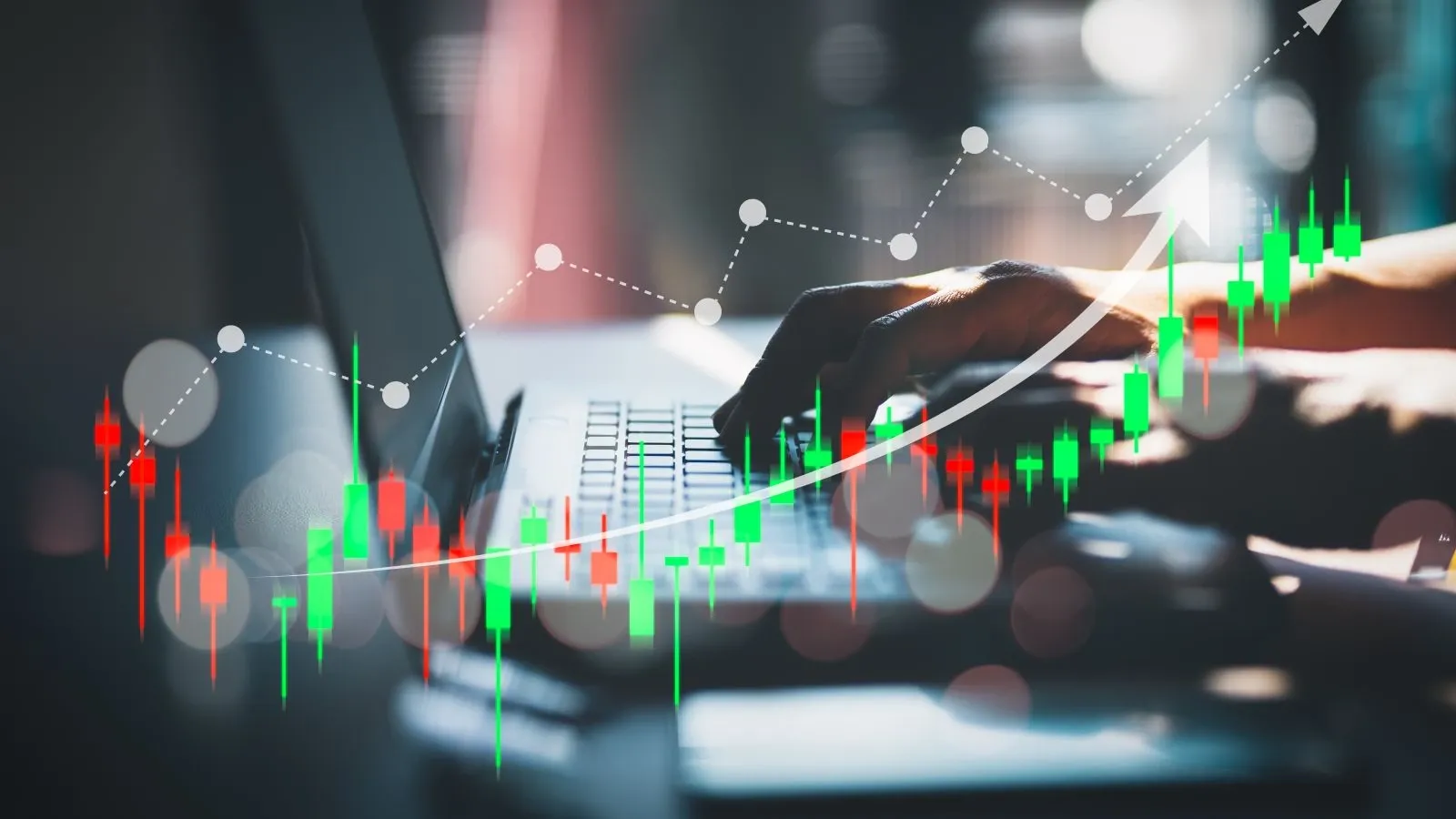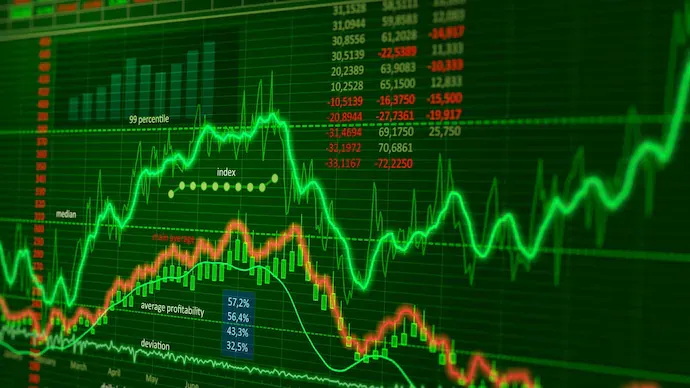Cost Inflation Index for FY 2023-24 - Meaning & How to Calculate
Written by Upstox Desk
Published on October 01, 2025 | 7 min read

The Income Tax Department releases a statistic known as the Cost Inflation Index (CII) for each financial year. The figure determines an asset's indexed cost or inflation-adjusted price.
When an item purchased a few years ago is sold during a specific financial year, the indexed cost of the asset is required. Long-term capital gains have been created due to the sale of an asset; the CII number will be useful in determining the long-term capital gains subject to taxation.
The Central Board of Direct Taxes (CBDT) announced the CII for FY 2021–22 as 317 last year on June 15, 2021. This CII figure determines the number of long-term capital gains or losses accumulated if an individual sold an asset in FY 2021–2022.
Cost Inflation Index- A Brief
It is an index that is used to estimate the nominal increase in an asset's value brought on by inflation. Concerning the cost inflation index, there are two aspects that people have to be aware of.
First off, only those assets where inflation-adjusted (indexation benefit) is permitted will be used to determine inflation-adjusted cost using this number. The sum beyond Rs 1 lakh per fiscal year is taxed at a flat rate of 10% without an indexation advantage; hence the CII value cannot be utilized to calculate LTCG/LTCL on equity mutual funds.
Furthermore, this CII number will be necessary to determine LTCG for assets where indexation is permitted prior to the imposition of LTCG tax in FY 2021–2021. You will pay the taxes on these proceeds when you file your income tax returns (ITR) for FY 2021–2022. (AY 2022-23).
Goal Of The Cost Inflation Index
The Cost Inflation Index (CII) determines the annual inflation-related rise in the cost of goods and assets. Assets with a long lifespan are subject to the CII. For the welfare of taxpayers, this leads to increased acquisition costs and lower profits and taxes. For the advantage of taxpayers, this benefit is applied to long-term capital investments, which leads to greater purchase costs, lower profits, and lower taxes.
What Year Is the Base?
The initial year, 1981, serves as the basis year for the cost inflation index. The index value for the year 1981 is 100. Assess the index of all succeeding years to the base year in order to calculate the inflation rate rise in percentage terms. The value of the acquisition will be higher than the "real cost or Fair Market Value (FMV)" if the asset was acquired before the base year. The determined purchase price is then adjusted for the indexation advantage. The FMV is determined using the valuation report of a registered valuer.
The base year at the moment is 2001.
The purchase price will be greater than the actual cost or FMV as of April 1, 2001, if the capital asset is acquired before that date.
How to Calculate Cost Inflation Index?
The Central Board of Direct Taxes (CBDT) calculated the cost inflation index and announced in the Official Gazette.
The cost Inflation Index is equal to 75% of the average annual increase in the Consumer Price Index* (Urban).
How Can the Cost Inflation Index Reduce Taxes?
The sum of income tax levied on long-term capital gains from the sale of the asset can be drastically decreased for taxpayers thanks to indexation. Indexation is not a possibility, though, for gains or losses on short-term capital investments. This perk is not available to non-resident Indians.
Taxpayers must take into account the following requirements in order to receive the indexation advantage for long-term capital gains:
- If the asset was purchased before 1981, take into account the CII for that year.
- The cost of the improvement must also be taken into account if the asset has been upgraded. By increasing the CII by the CII of the year the enhancement was accomplished, the CII must be modified.
How Should Indexation Be Used With Long-Term Capital Assets?
The cost of acquisition (purchase price) of the capital asset is now the indexed cost of acquisition as and when the indexation advantage is applied to it. In a similar way, it becomes the indexed cost of the improvement when it pertains to the cost of the improvement.
Indexed Cost of Acquisition is equal to [Cost of Indexation (CII) for the year of transfer (sale)* Cost of Acquisition]/CII for either the year 2001-2002 or the first year the asset was retained by the assessee, whichever comes later.
(CII of Year of Sale / CII of Year of Purchase) * Cost of Acquisition Indexed Cost of Improvement is calculated as follows: [Cost of acquisition (CII) for the year of transfer (sale)* Cost of improvement]/CII for the year the asset was improved.
The following instance explains the idea of indexation as it relates to long-term capital assets:
Instance 1:
Ella spent Rs. 700000 on vehicles on July 15, 2016, and sold them on May 1, 2020.
The indexed cost of acquisition will be as a result.
For the purchasing year F.Y. 2015–16, the Cost Inflation Index (CII) was 254, and
CII for the sales year, F.Y. 2020–21, equals 301.
As a result, the indexed cost of acquisition is equal to Rs. 8,29,527.56(approx) (700000*301/254).
Things to Consider
The following considerations about CII in India should be made:
- If you inherited the property or received it through a will, you must consider the CII for that year. Disregard the actual year the property was purchased.
- Pre-April 1, 2001, improvement costs should be disregarded.
- Debentures and bonds are not eligible for indexation benefits.
- CII does not adhere to assessing the inflation-adjusted cost of equities shares and equity mutual funds for computing gains for tax purposes. Long-term gains are subject to the 10% tax rate with no indexation advantage.
- Identify in the books the cost of long-term capital assets. Amid mounting inflation, long-term capital assets should be valued at their cost rather than revalued. Due to the greater sale price than the purchase price, the profit is substantial when these assets are for sale. Higher-income taxes must be paid as a result.
Cost Inflation Index Chart
| Financial Year | Capital Gain Index |
| 2001-02 | 100 |
| 2002-03 | 105 |
| 2003-04 | 109 |
| 2004-05 | 113 |
| 2005-06 | 117 |
| 2006-07 | 122 |
| 2007-08 | 129 |
| 2008-09 | 137 |
| 2009-10 | 148 |
| 2010-11 | 167 |
| 2011-12 | 184 |
| 2012-13 | 200 |
| 2013-14 | 220 |
| 2014-15 | 240 |
| 2015-16 | 254 |
| 2016-17 | 264 |
| 2017-18 | 272 |
| 2018-19 | 280 |
| 2019-20 | 289 |
| 2020-21 | 301 |
| 2021-22 | 317 |
| 2022-23 | 331 |
| 2023-24 | 348 |
Source: Income tax
Frequently Asked Questions
How Does The CII Assist In Calculating Capital Gains?
Gains in the capital are produced by capital assets. Since the cost price is historical, developing an indexed cost enables the taxpayer to consider inflation. Therefore, one can minimize the capital gains number to lower the tax payment by using CII to assess the asset's true cost.
What is the cost Inflation Index For Fy 2023-24
For the period 2022–2023, the cost inflation index is 331
For assets purchased prior to the base year, how is CII applied?
If an asset is purchased before the base year of CII or 2001, the asset purchase price may be equal to the higher of the asset's fair market value or its actual cost as of the base year's first day. The indexation advantage can then be utilized after the price has been established.
About Author
Upstox Desk
Upstox Desk
Team of expert writers dedicated to providing insightful and comprehensive coverage on stock markets, economic trends, commodities, business developments, and personal finance. With a passion for delivering valuable information, the team strives to keep readers informed about the latest trends and developments in the financial world.
Read more from UpstoxUpstox is a leading Indian financial services company that offers online trading and investment services in stocks, commodities, currencies, mutual funds, and more. Founded in 2009 and headquartered in Mumbai, Upstox is backed by prominent investors including Ratan Tata, Tiger Global, and Kalaari Capital. It operates under RKSV Securities and is registered with SEBI, NSE, BSE, and other regulatory bodies, ensuring secure and compliant trading experiences.
